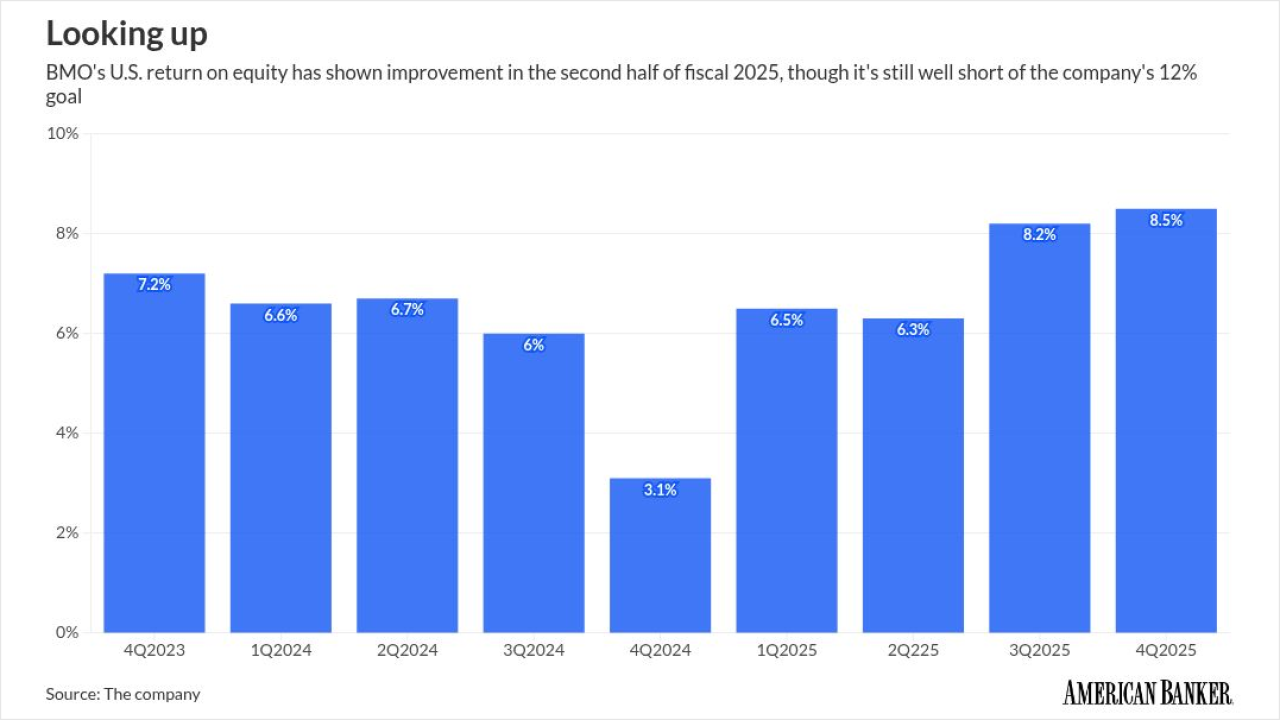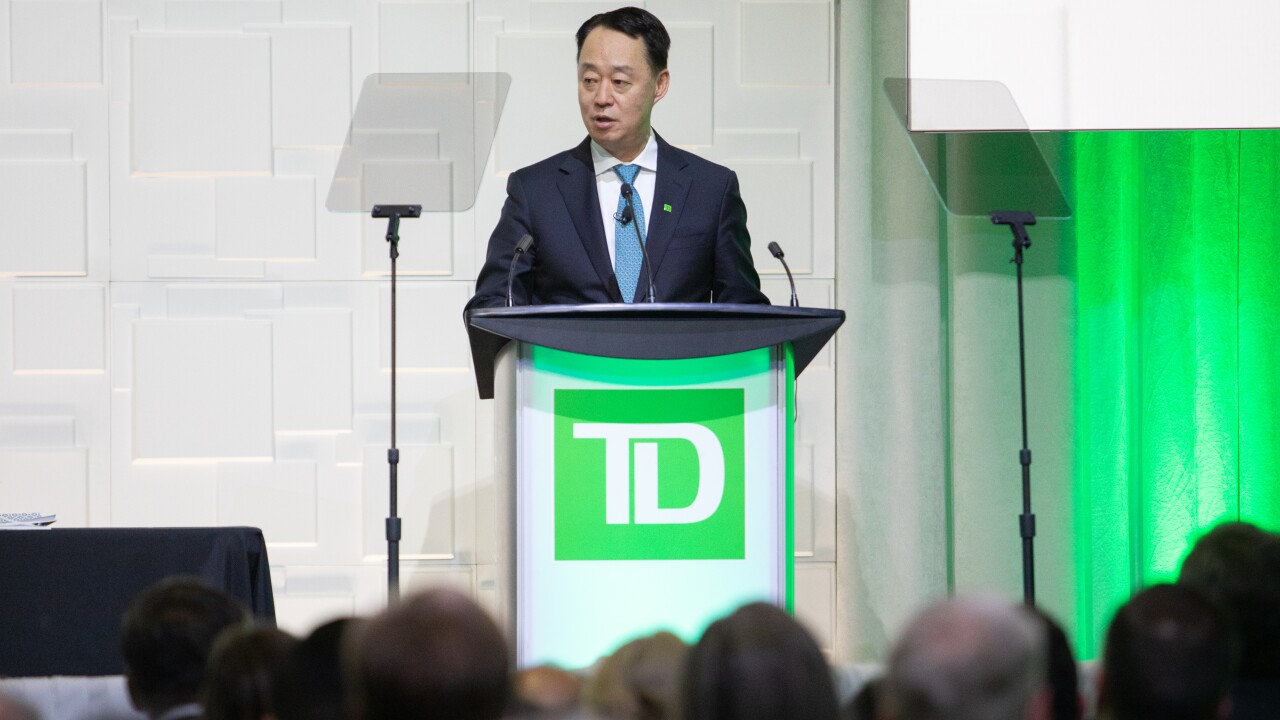
Deposits at Texas Capital Bancshares fell by double-digit percentage points from a year earlier, but executives at the Dallas-based company said the runoff was deliberate.
The 12.6% drop — one of the larger declines reported so far by regional banks — is a result of one part of an ongoing business model
The strategy goes like this: As Texas Capital expands the number of services it offers to business clients based in its home state's fast-growing markets, it will accumulate more in-market deposits and reposition its deposit base by shedding single-service, out-of-market relationships.
The $28.6 billion-asset parent company of Texas Capital Bank is now "nearing the trough" when it comes to "systemically shutting down" large, national relationships with clients whose only ties to Texas Capital are the deposits they keep there, said Chief Financial Officer Matt Scurlock. Such deposits have fallen to around 7% of the company's $22.2 billion in total deposits, he noted.
"We're in a set of businesses now that we want to be in … and within those businesses we have a client base that we want as part of our go-forward strategy," Scurlock said in an interview. "And the fact that they're here with us after the acute stress of the last 45 days is key."
Deposit inflows and outflows have been a dominant theme of the first quarterly earnings season since the back-to-back failures last month of Silicon Valley Bank and Signature Bank. Both of the failed banks experienced massive deposit runs that led to their shutdowns, with an estimated $42 billion exiting Silicon Valley Bank in less than two days.
As a result, other regional banks have been under the microscope as investors and analysts look for signs that the liquidity problems could spread.
Several banks have posted lower deposit volumes during the first quarter. Western Alliance Bancorp in Phoenix reported an 8.8%
At Dallas-based Comerica Bank, end-of-period deposits fell 16.6% year over year and 9% quarter over quarter, with $3.7 billion
Before the disruption, Comerica had predicted that deposits would decline, but outflows exceeded expectations as business clients sought to diversify their deposit balances.
At Texas Capital, executives said that deposits rose 1% year over year after excluding the anticipated reduction of out-of-market, single-service deposit relationships. Deposits were down 3% from the fourth quarter and up 3% quarter over quarter after taking out the single-service relationships.
Noninterest bearing deposits totaled $9.5 billion for the quarter, down 29.3% year over year, which the company said was linked to a decline in mortgage finance loan volumes.
During an April 20 earnings call, Texas Capital executives said they anticipate a slowdown in net interest income expansion due to higher deposit funding costs. As a result, they revised full-year revenue expectations to low double-digits. They also guided down noninterest expenses from low double digits to mid-single digits.
In the days and weeks following last month's bank failures, Texas Capital reached out to prospective and existing customers in an effort to provide support and advice, Scurlock said.
He said the effort paid off: The company opened more accounts in March than in any other month in the history of the bank.
In the 18 months since Texas Capital launched its transformation plan under CEO Rob Holmes, the company has
The number of new frontline employees has doubled since Holmes took over as CEO in early 2021, but the company recently reduced its headcount. Up to 10% of the workforce was let go, according to
Scurlock declined to say how many employees were laid off, but said that the company is still on track to more than double the number of frontline personnel by 2025.






